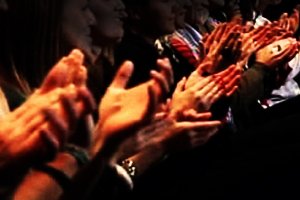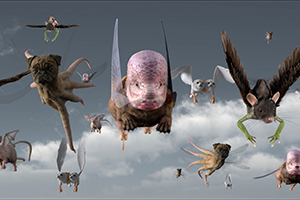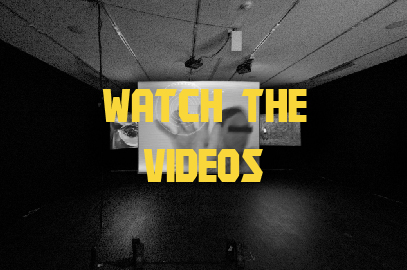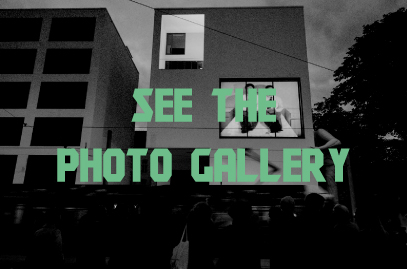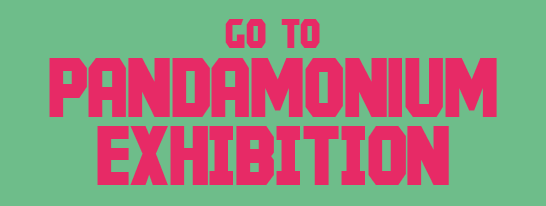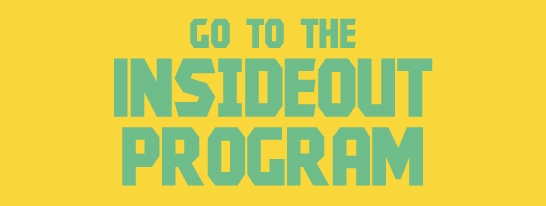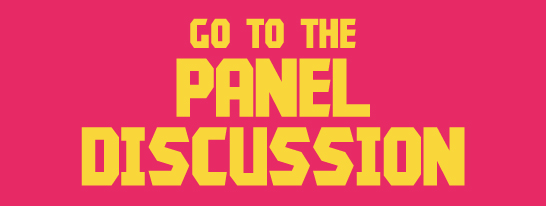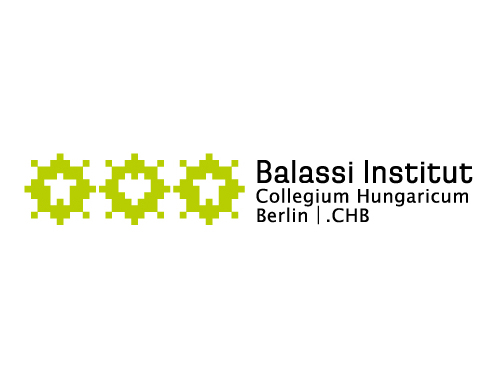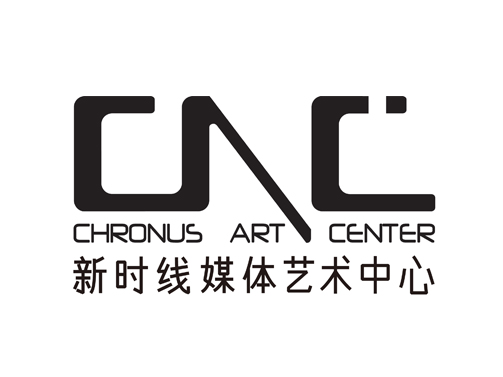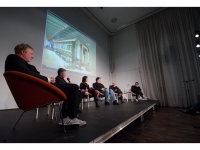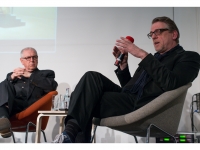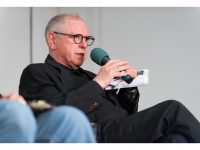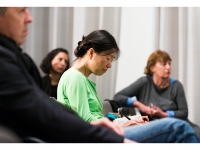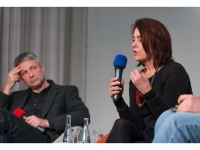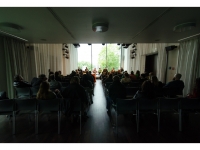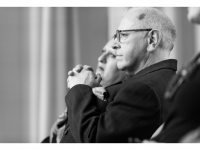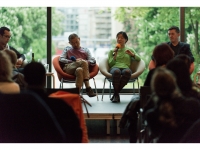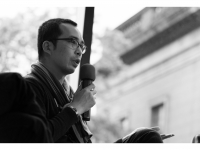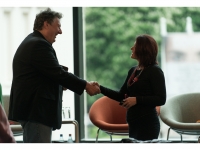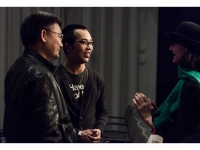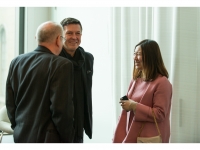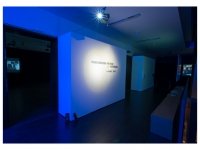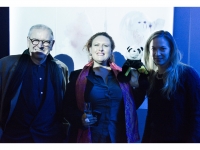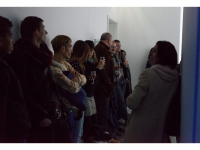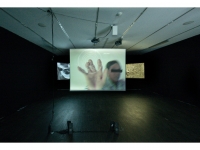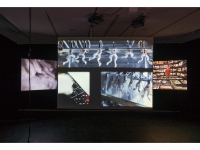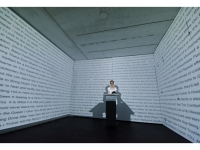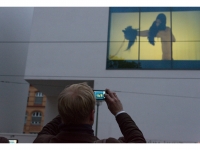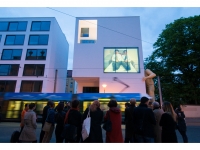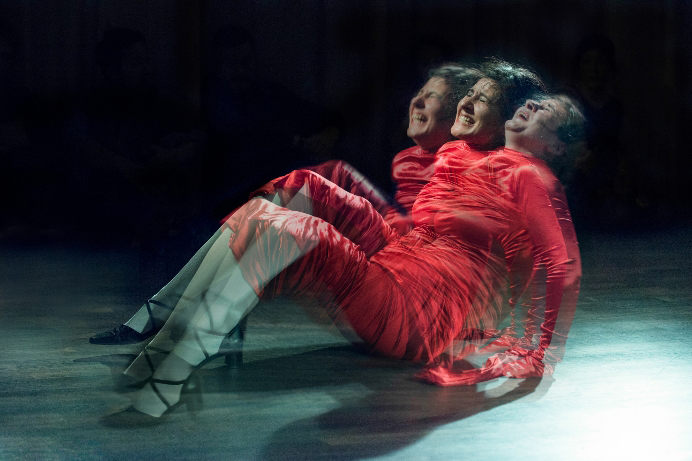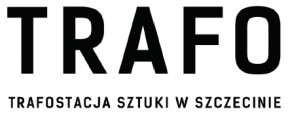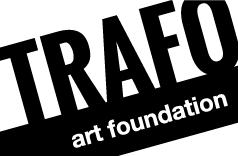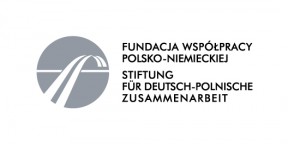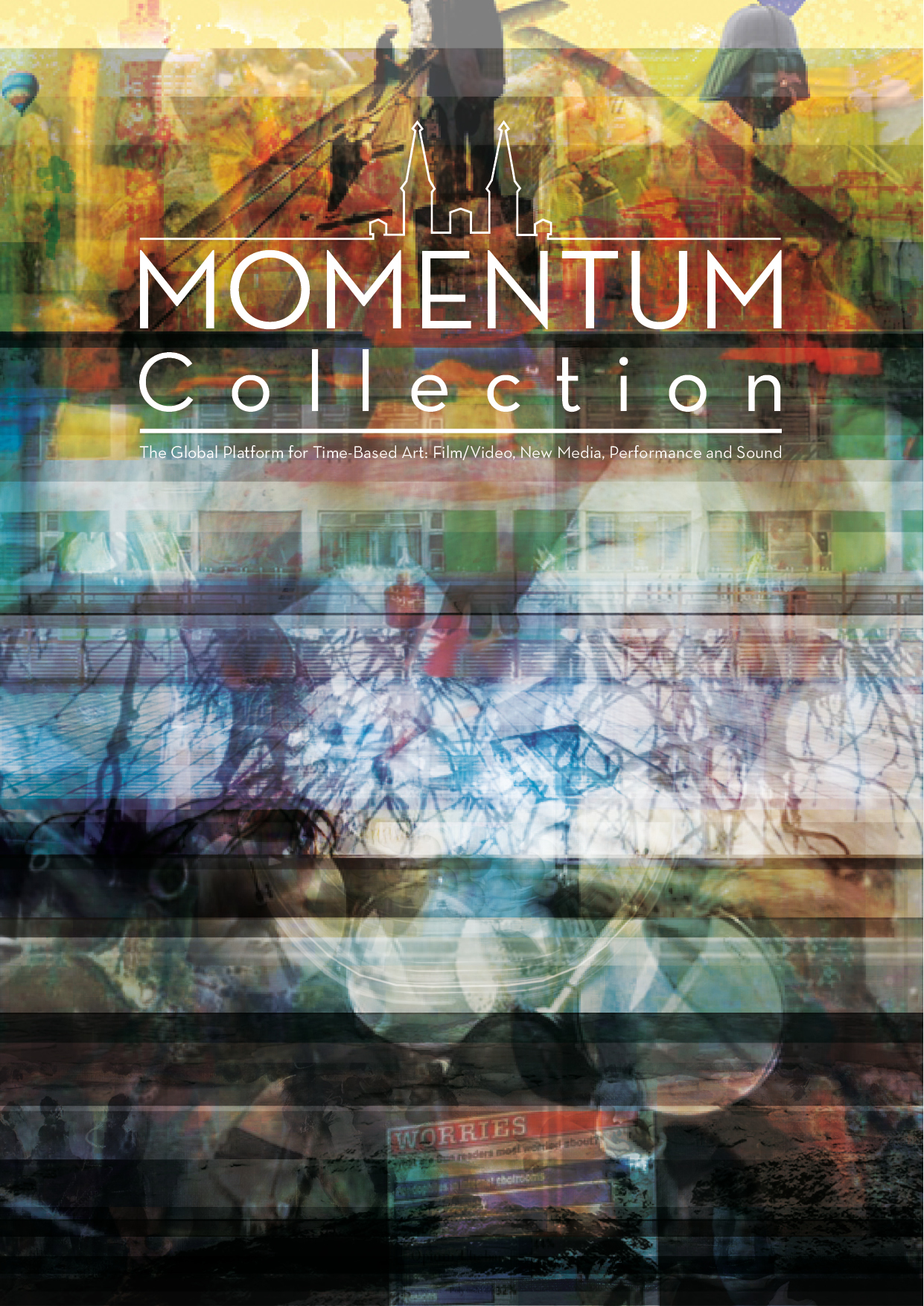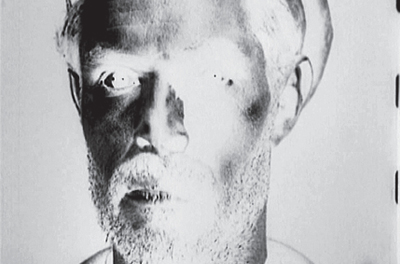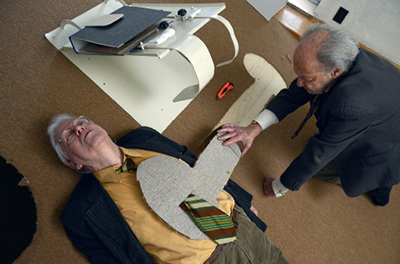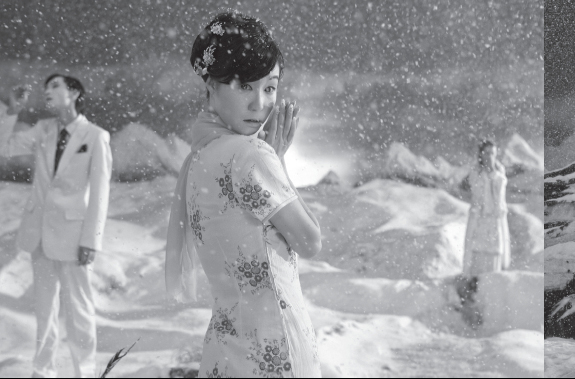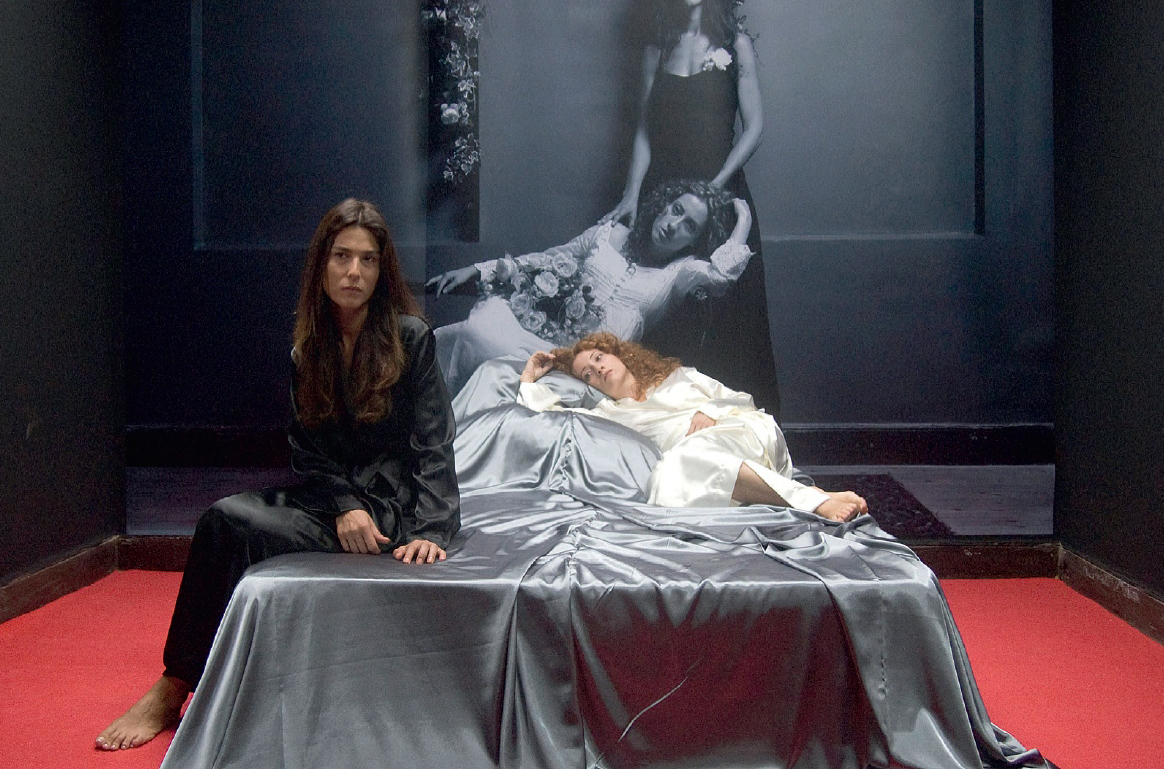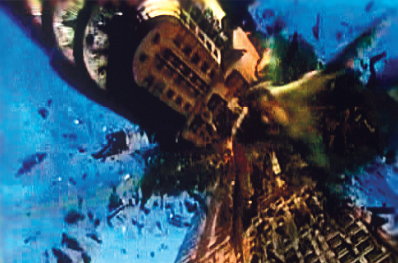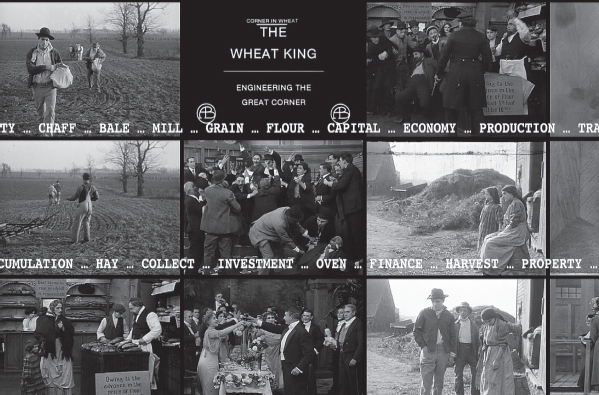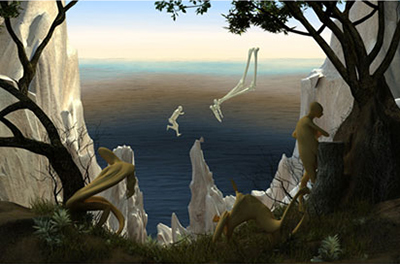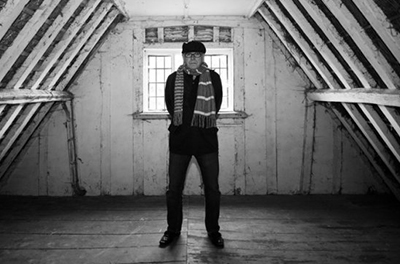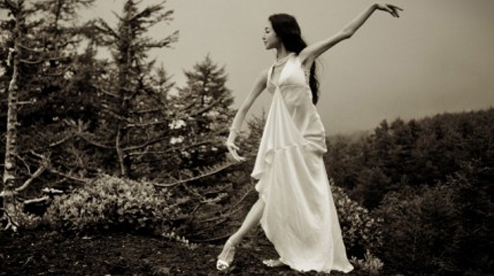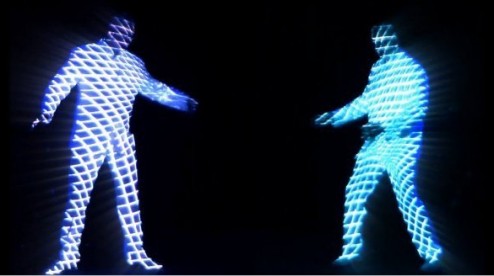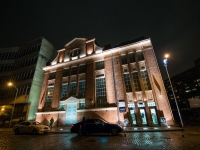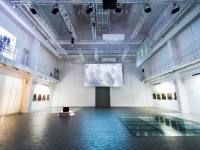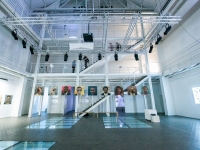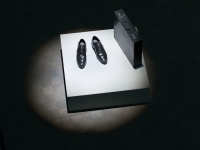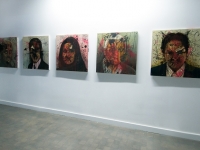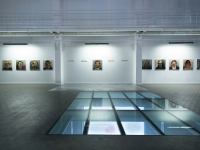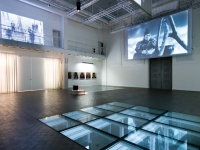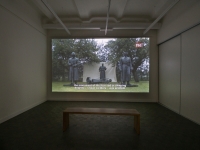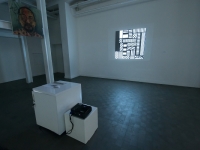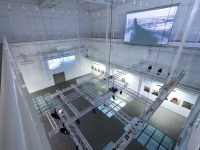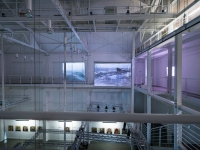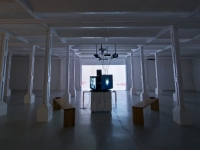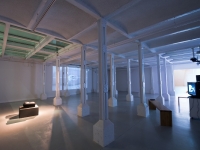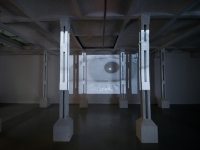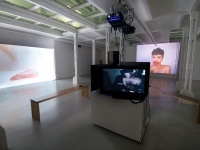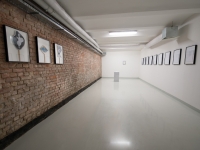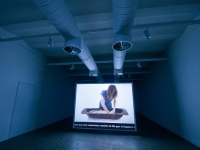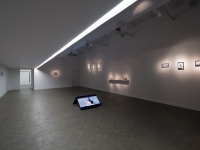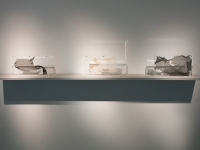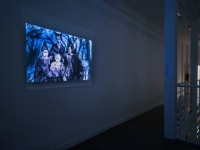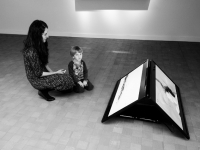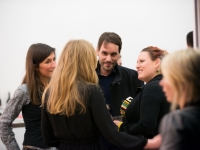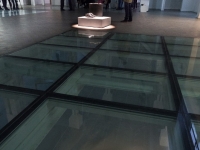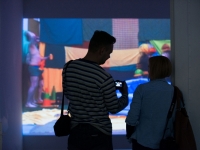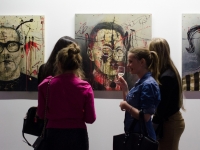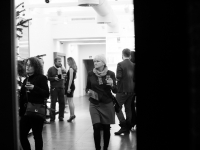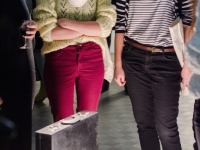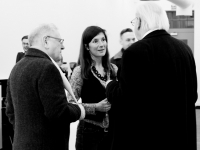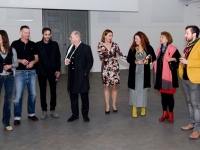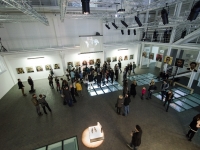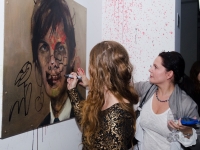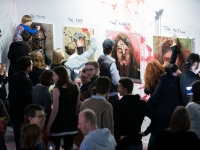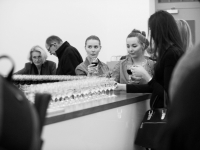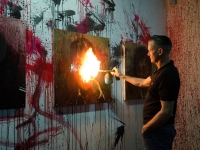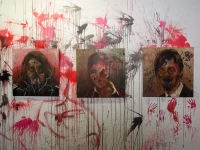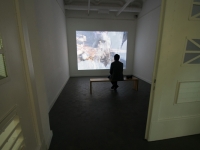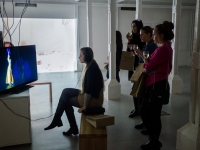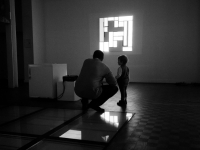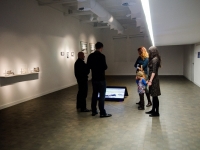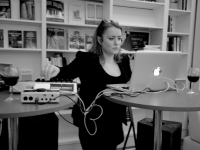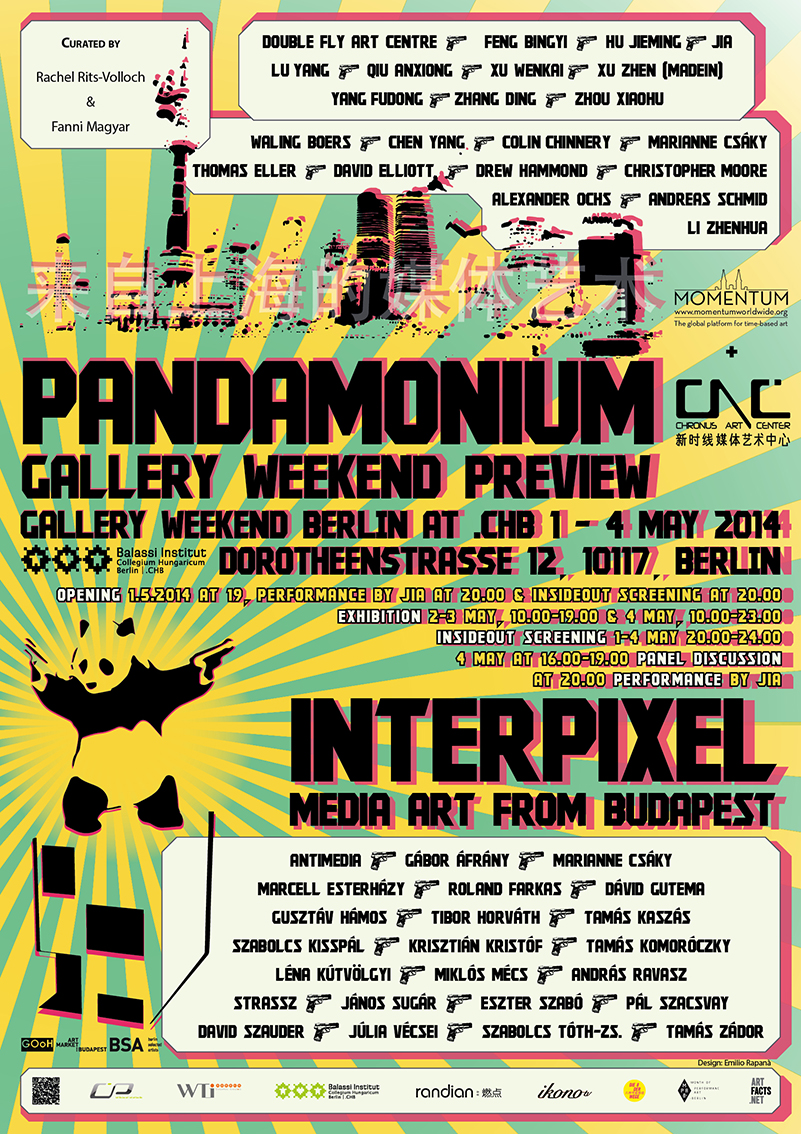
PANDAMONIUM Preview // INTERPIXEL
On the Occasion of Berlin Gallery Weekend
1-4 May 2014
At .CHB Collegium Hungaricum Berlin
The PANDAMONIUM Preview // INTERPIXEL
OPENS MAY 1 at 19:00, Running Until MAY 4
A Collaboration Between CHRONUS ART CENTER Shanghai, MOMENTUM, and .CHB Collegium Hungaricum Berlin
Curated by Rachel Rits-Volloch and Fanni Magyar
OPENING:
1 May at 19:00, Live Performance by Jia 20:00 and InsideOut Screening 20:00
4 May 10:00 – 23:00
1 – 4 May 2014 | Opening 1 May at 19:00
Opening Hours: 2 & 3 May 10:00 – 19:00, 4 May 10:00 – 23:00
PANDAMONIUM PREVIEW // INTERPIXEL focuses on the work of Shanghai and Budapest artists who engage in experiments with new me dia, introducing into Chinese and Hungarian art new creative ideas and aesthetic approaches. This exhibition addresses the first three generations of media artists in China and in Hungary. Starting with pioneers, working since the 1980′s to break new ground with the technologies of media art, to the successes of the next generation, and moving on to their students, who are developing their own visual languages in response and in contrast to their pioneering teachers. The selection of Chinese media works shown here is a Preview of the larger PANDAMONIUM Group Show opening on May 9 at the Kunstquartier Bethanien, presented by CAC | Chronus Art Center Shanghai together with MOMENTUM Berlin.
PANDAMONIUM PREVIEW:
LU YANG | QIU ANXIONG
ZHOU XIAOHU | JIA | XU ZHEN | XU WENKAI
DOUBLE FLY ART CENTER | HU JIEMING
ZHANG PEILI | ZHANG DING
INTERPIXEL – Media Art from Budapest:
ANTIMEDIA | GÁBOR ÁFRÁNY, SZABOLCS TÓTH-Zs. | MARIANNE CSÁKY | MARCELL ESTERHÁZY | ROLAND FARKAS | DÁVID GUTEMA | GUSZTÁV HÁMOS | TIBOR HORVÁTH | TAMÁS KASZÁS | SZABOLCS KISSPÁL | KRISZTIÁN KRISTÓF | TAMÁS KOMORÓCZKY | LÉNA KÚTVÖLGYI | MIKLÓS MÉCS | ANDRÁS RAVASZ | STRASSZ | JÁNOS SUGÁR | ESZTER SZABÓ | PÁL SZACSVAY | DÁVID SZAUDER | JÚLIA VÉCSEI | TAMÁS ZÁDOR
 |
1 – 4 May 2014 | 20:00 – 24:00
InsideOut is MOMENTUM’s initiative for Video Art in Public Space – Turning The Museum and Gallery Insideout.
PANDAMONIUM_InsideOut:
FENG BINGYI | LU YANG | QIU ANXIONG
YANG FUDONG | ZHANG DING
INTERPIXEL InsideOut:
MARIANNE CSÁKY | MARCELL ESTERHÁZY | TAMÁS KOMORÓCZKY | ANDRÁS RAVASZ
JÁNOS SUGÁR | DÁVID SZAUDER | TAMÁS ZÁDOR
Symposium
China Through The Looking Glass: Shanghai Meets Beijing
4 May 2014 | 16:00 – 19:00
Speakers:
DAVID ELLIOTT and LI ZHENHUA / Curators of PANDAMONIUM: Media Art from Shanghai
THOMAS ELLER and ANDREAS SCHMID / Curators of Die 8 der Wege: Kunst in Beijing | The 8 of Paths: Art in Beijing
CHRISTOPHER MOORE / Publisher of Randian China
COLIN CHINNERY / Artist Director, Wuhan Art Terminus, and Director of Multitude Art Prize
MARIANNE CSÁKY, QIU ANXIONG / Artists
WALING BOERS / Founder & Director, Boers-Li Gallery, Beijing
CHAOS Y. CHEN, Founder & Director, WiE KULTUR, Berlin
ALEXANDER OCHS/ Founder & Director, Alexander Ochs Galleries, Berlin & Beijing
Moderated by CHRISTOPHER MOORE and DREW HAMMOND, Independent Curator, Writer, Art Historian
Session 1 – Geography:
Making a Map of Contemporary Chinese Art
16.00 – 17.30
Moderated by Drew Hammond
With: Waling Boers, Marianne Csáky, David Elliott, Christopher Moore, Qiu Anxiong, Andreas Schmid
Session 2 – Social and Political Context:
The Market and the Practice. Where do they come together?
17.30 – 19.00
Moderated by Christopher Moore
With: Chaos Y. Chen, Colin Chinnery, Thomas Eller,
Li Zhenhua, Alexander Ochs
 |
With such a strong focus in Berlin at the moment on contemporary art from China, the aim of this panel is to bring together the curators of the concurrent exhibitions – PANDAMONIUM, and Die 8 der Wege 八种可能路径 The 8 of Paths – together with artists, gallerists, writers and art historians, for an open discussion of what’s happening now in the art scene in China and why bring it to Berlin. The Panel is followed by a Performance, by Jia, ‘Untitled’, at 19:00 pm and a screening on the Facade of the .CHB from 20:00.
ARTISTS & WORKS:
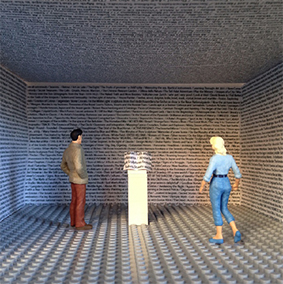
JIA
Jia (b. 1979) is a Berlin-based artist, born in Beijing. Jia’s work reinterprets Chinese paradigms, such as compositional patterns in Chinese calligraphy, and projection systems of the traditional Chinese landscape. This general tension of cultures between the work’s formal and conceptual elements serves a more specific critique of conditions in both China and the West. Most often, the artist chooses an outwardly ‘pretty’ aspect in order to address an atrocious reality. For this exhibition, Jia is premiering a new performance installation.
Untitled, 2014
Untitled (2014) is a combined text installation and performance work in which the installation remains as a discrete work once the performance is finished. The installation comprises two principal elements:
1. The titles of several thousand exhibitions that have taken place in public institutions and private galleries of note, internationally, during the past ten years, and affixed to the walls and ceiling of the exhibition space as though they were constituents of a single sentence, an arrangement that empties them of their original meanings, and makes possible many alternative possible meanings by virtue of their juxtaposition.
2. A podium that holds a book of similar dimensions to a book of Scripture, but which contains a succession of the same titles, together with the dates and the institutions where the exhibitions took place. In the performance phase, the artist enters the installation space and, in solemn tones, reads from the book the titles of the exhibitions contained therein, and then exits the space, converting it thereby to a spatial metonym of the semantic emptying of the titles that the installation imposes.
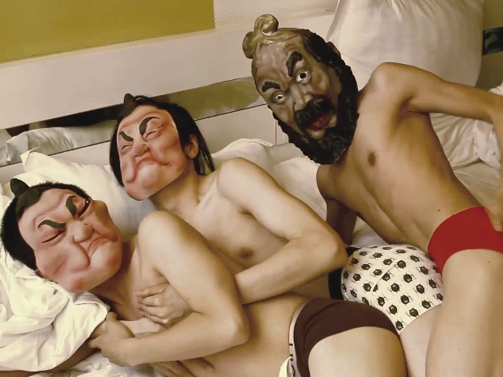
DOUBLE FLY ART CENTER
CV – Website
Double Fly Art Center is a 9-member art collective which was formed in 2008 after all its members graduated from the New Media Department of the China Academy of Fine Arts in Hangzhou, having studied under Zhang Peili. Working across media as diverse as performance, video games, music videos, painting, and video art, they remain irreverent and anarchic in their critique of social norms in China, as well as of the international art market. Double Fly Art Center members now live predominantly in Hangzhou, Shanghai and Beijing and work collectively as well as individually. Recent exhibitions of their work include SEE/SAW: COLLECTIVE PRACTICE IN CHINA NOW (2012) and ON | OFF: CHINA’S YOUNG ARTISTS IN CONCEPT AND PRACTICE (2013) at Ullens Center for Contemporary Art in Beijing and a solo-show at the Vanguard Gallery in Shanghai (2012). Their work has never before been shown in Berlin.
Double Fly Save the World, 2012
Faced with the self-assigned task to save the world, Double Fly produces a music-video starring themselves as our global leaders. In the frenzied commotion that is typical of the genre, such figures as Barack Obama and Bin Laden engage in frantic orgies, reminiscent of Silvio Berlusconi’s infamous Bunga Bunga parties, while they indiscriminately intermingle with superheroes and farm-animals (of which a few living specimens also fetter around), all impersonated by Double Fly’s members.
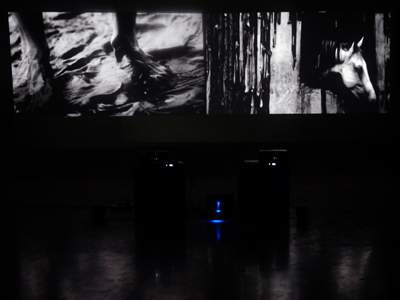
Feng Bingyi (b. 1991, Ningbo) is a young emerging talent in the Chinese art scene. Having studied under Yang Fudong at the China Academy of Art, she follows in his footsteps with her focus on cinematic traditions, while employing a poetic language. Distancing herself from the chains of external reality, she looks for inspiration within her internal impressions, which she expresses in the forms of installations, photography, documentary and animation. After receiving both the Outstanding Graduation Work Award and the China Academy of Art Scholarship from the China Academy of Fine Arts in Hangzhou in 2013, Feng continued her studies at the Chelsea College of Art and Design, University of the Arts in London in 2014. Though she has been exhibited in China alongside well-established contemporary artists, she has never before been shown in Berlin. Feng is one of the artists undertaking the PANDAMONIUM Residency.
The Undertow, 2012
In this black and white split-screen video, the earthiness from the movement of mud as bare feet tamper at it and of the texture of a horse’s pelt as it breathes, contrasts with the digitized sound-samples that are laid over the thick blacks and greys of the imagery. In Feng’s reposed, poetic style, The Undertow creates a liminal, ambiguous space, which the viewer is impelled to fill in.
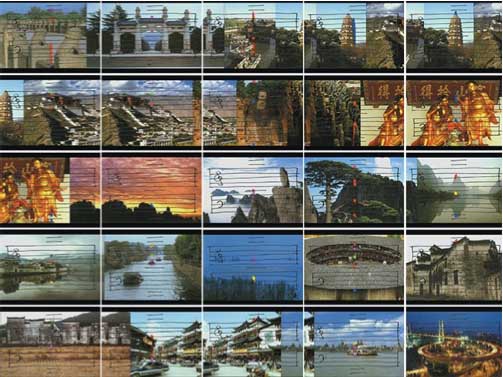
Hu Jieming (b. 1957, Shanghai) is one of the foremost pioneers of digital media and visual installation art in China, and a professor at the Shanghai Institute of Visual Arts. Hu graduated from the Fine Arts Department of the Shanghai Light Industry College in 1984. Since the 1980s he has used emerging technologies to create works which deconstruct time, historical strata and contemporary elements of Chinese culture. One of his main focuses is the simultaneity of the old and the new: a theme that he constantly questions in a variety of media ranging from photography, video works and digital interactive technology in juxtaposition with musical comments. Through his work, Hu strives to reveal the interconnected nature of the digital universe, imagining, as he describes it, “a kind of socialism of the future”. Hu Jieming is one of the founders of CAC | Chronus Art Center in Shanghai, where he will be exhibiting with renowned media artist, Jeffrey Shaw, concurrently with PANDAMONIUM. Recent exhibitions of his work include a solo-show titled Spectacle at the K11 Art Mall, in Shanghai (2014) and two group exhibitions at ShanghART in Beijing, both in 2014.
Outline Only, 2001
The images in Outline Only originally come from the famous postcard series The Sights of China, in which ‘the most attractive historical spots’ of China are featured. Scanned and processed, Hu has created a 9-minute video from this content. In it, the images are ‘played’ as they run sideways across the screen’s drawn-on musical staves. When positioned in the centre of the screen, coloured strokes on the staves trace the outline of the depicted cultural monuments and natural sights, thereby composing the music.
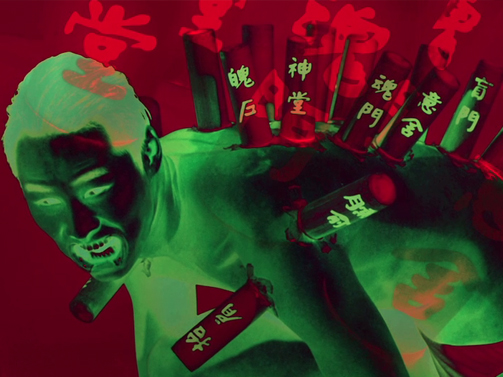
Lu Yang (b. 1984, Shanghai) holds a Master’s degree from the New Media Department of the China Academy of Art in Hangzhou, having studied under Zhang Peili. Her experimental multimedia work uses video, 3D animation, scientific drawings, illustrations and installations to address topics related to science and technology, biology, religion and psychology and most notably to comment on issues of control in modern society. Her shocking combinations of grotesque imagery and deadpan instruction-manuals have made her the most controversial young Chinese multimedia artist of her generation. Recent exhibitions include various solo-shows such as the recent KIMOKAWA Cancer Baby at Ren Space in Shanghai (2014), and a group exhibition ASVOFF – A Shaded View on Fashion Film at the Centre Pompidou in Paris (2013).
Reanimation! Underwater Zombie Frog Ballet!, 2011
Krafttremor: Parkinsons Disease Orchestra, 2011
The Beast: Tribute to Neon Genesis Evengelion, 2012
Lu’s focus on issues of control leads her to delve into a human conundrum: in view of their inability to escape their physiological realities, her figures use their bodies to create external devices that enable them to break free from their lim itations, while at the same time becoming subjected to the control of their physical form or illness. Reanimation! Underwater Zombie Frog Ballet! is a project that started in 2009 and has been consummated as a video work. It takes the form of a music video, showing dead frogs dancing according to the signals produced by a Midi-controller. Krafttremor is a study of bodies controlled by their disease. Shot with Parkinsons patients from all around China, this work is part of a larger project, which includes 5–6 works. It has previously been shown at Meulensteen Gallery in New York and is currently on view as part of Lu’s solo exhibition at Boers Li Gallery in Beijing. Both the video and the music were made by the artist. The Beast is based on the infamous Japanese Manga figure called Neon Genesis Evangelion, with costumes by Givenchy and music by New York based composer and performance artist Du Yun.
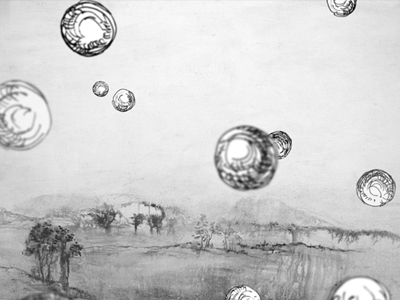
Qiu Anxiong (b. 1972, Chengdu) was born in the capital of Sichuan province in the southwest of China. There, he studied under the progressive artistic practice of Ye Yongqing and Zhang Xiaogang. Qiu and his friends collectively founded a bar which became a hub for the blossoming underground music and art circles in Sichuan, and his colleagues included He Duoling, Zhou Chunya, and Shen Xiaotong. In his animated films, Qiu co-mingles the classical and the contemporary, using the traditional Chinese ink-and-wash style to transpose contemporary social and environmental issues onto traditional Chinese landscapes. A friend and neighbor of Yang Fudong, Qiu has exhibited broadly internationally, having studied contemporary international art and traditional Chinese culture at the Kunsthochschule Kassel, Germany. In 2004 he began teaching at Shanghai Normal University and currently lives and works in Shanghai. Qiu received the Chinese Contemporary Art Award in 2006 and has exhibited widely, including a recent solo-show, titled Qiu Anxiong, The New Book of Mountains and Seas II at the Arken Museum of Modern Art in Ishøj, Denmark (2013) and group exhibition ‘Ink Art’ at the Metropolitan Museum of Art in New York (2013). He is one of the artists undertaking the PANDAMONIUM Residency, and will be producing new work for this show.
In the Sky (2005)
Flying South (2006)
Minguo Landscape (2006-2007)
PANDAMONIUM will show three of Qiu’s earliest animation works. After working predominantly in oil painting during his studies in Kassel and having later turned to landscape painting in the tradition of the old Chinese masters, Qiu’s return to Shanghai in 2004 marked a shift in interest towards video art. In the Sky (2005) is his first animation work. In it, the dystopian drama of urbanization is visual ized as an ink painting on a single canvas, to which Qiu successively added, layer upon layer of ink, growing in tandem with the gradual metamorphosis of the city’s life-forms. In Flying South (2006), humanity struggles to create its own artificial systems of self-control, proving absurdly counterpro ductive. Minguo Landscape (2006-07), is marked by the same quiet detachment and timelessness as the previous two works, now in a historical exploration of the Chinese Republican period, starting in 1912. Using allegorical imagery to explore the impact of environmental degradation and social change, Qiu offers an exquisitely crafted contemplation on the past, the present, and the relation ship between the two.
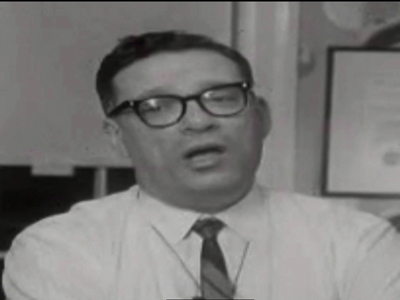
Xu Wenkai (Aaajiao) (b. 1984, Xi’an) is one of China’s foremost media artists, bloggers and free culture developers. Having studied physics and computers, Xu Wenkai is self-taught as an artist and new media entrepreneur. In his works he focuses on the use of data and its various forms of display. In 2003 he established the sound art website cornersound.com and in 2006 he founded the Chinese take on the blog We Make Money Not Art: We Need Money Not Art. He is devoted to Processing, an open-source visual programming software, Dorkbot, a non-profit initiative for creative minds and Eventstructure, an interdisciplinary center for art, media, technology and academic research based in Shanghai and founded by Xu. In his works, Aaajiao focuses on the use of data and its various forms of display and on the processes of transforming content from reality to data and back again. His most significant contribution to the field of new media in China is a social one, as he act a as a vector for the interpretation and communication of international and local trends in the artistic use of software. Recent exhibitions include his solo-show titled The Screen generation, at C Space (2013) and chi K11 Art Space in Shanghai and at 9m2 Museum in Beijing (2014) and group-exhibition TRANSCIENCE – INTRACTABLE OBJECTS at Taikang Space in Beijing (2014). Xu is one of the artists undertaking the PANDAMONIUM Residency.
Hard, 2013
Sampling science-fiction author Isaac Asimov’s explanation of The Three Laws of Robotics (originally published in his 1942 short story Runaround), Xu applies profanity delay – a digital delay technique often used for live broadcasts to prevent unwanted profanity – to destroy or re cycle the footage. The resulting inconsistencies in Asimov’s robot-theory are thereby generated through technological interferences.
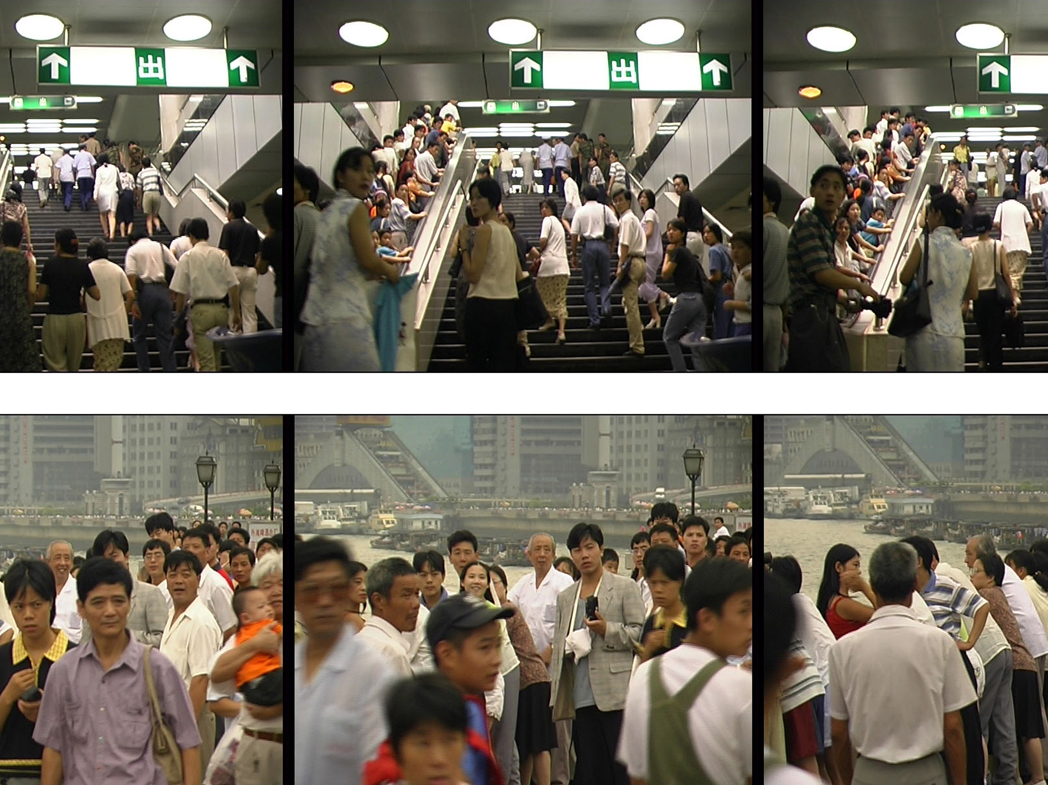
Xu Zhen (b. 1977, Shanghai) is a trans-medial conceptual artist based in Shanghai. Incorporating painting, installation, video, photography performance and even extending into curatorial practice, Xu’s work satirizes, exposes and reworks dominant rhetoric of the contemporary art-world. Currently working under his company name MadeIn Inc, a self-declared ‘multi-functional art company’, he appropriates the art-as-brand discourse to criticize it from within. A jester at heart, he plays on authorial conventions and expectations, creating pseudo-fictions replete with cultural clichés, wittingly challenging the pervasive longing for clearly delineated so-called cultural authenticity. An irreverent artist with a unique ability to produce work across multiple platforms and media, Xu Zhen is the key figure of the Shanghai art scene and a foundational figure for the generations of Chinese artists born since 1970. Xu’s practice reflects the lingering concerns of an artist participating in the international art world while remaining deeply sceptical of it and its conventions, most immediately the label ‘Chinese contemporary art’. Working in his own name since the late 1990s, Xu Zhen is now producing new works under MadeIn Company’s newly launched brand ‘Xu Zhen’. Recent major exhibitions include his retrospective, Xu Zhen: A MadeIn Company Production, at Ullens Center for Contemporary Art in Beijing (2014) and his Commissioned Artist exhibition at the Armory Show in New York (2014).
Shouting, 1998
Moving crowds go about their regular and routinized business of commuting until suddenly startled by distressing screams behind them. They all turn their heads simultaneously to determine the cause of the cries, thereby engendering both a synchronized movement that is atypical of such street-scenes, as well as laughter from whoever is behind the camera.
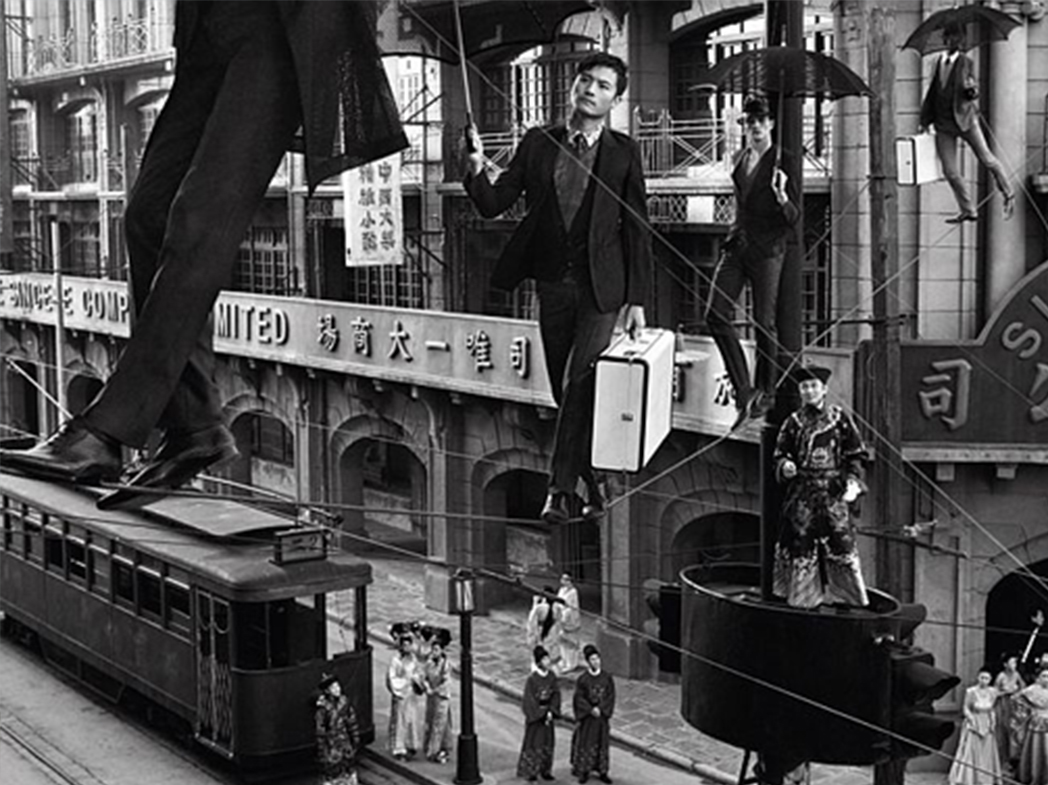
Yang Fudong (b. 1971, Beijing) is considered to be one of China’s most well-known cinematographer and photographer and one of the brightest young stars in China and the greatest film writer ever to come out of China. When creating his narrative films, he portrays that anything is possible, including fantasies and dreams. There are different themes surrounding Yang’s films, but they all have a purpose, theological or literal. He is considered one of the deepest cinematographers in the world because of the time and passions he puts into each of his works. Yang Fudong’s most popular works include: Seven Intellectuals in a Bamboo Forrest, The Fifth Night, the 17th Biennale of Sydney, East of Que Village, An Estranged Paradise, Backyard- Hey! Sun is Rising, and No Snow on the Broken Bridge. Yang continues to live and work on his films in Shanghai. As a successful filmmaker he is constantly traveling around, attending his premiers and other prestigious international art events. There are viewings of his movies in Europe, North America, and Asia. Yang Fudong does not show much interest in showing a strong political interest in his films, there are slight implications of his opinions but mostly he focuses on the interactions between different individuals.
City Light, 2000
Yang regularly makes use of traditional film genres and City Light is no exception. In a style that references detective- and slapstick-movies, a young, well-dressed office clerk and his doppelgänger move in unison along the street and around the office. Like pre-programmed robots they fit perfectly into their apparently ideally organised environment. The day is entirely dominated by work, but the evening provides space for dreams and creative thinking, causing a schizophrenic situation to arise. In their heroic conduct the two gentlemen sometimes develop into two gangsters who engage in a form of shadowboxing.
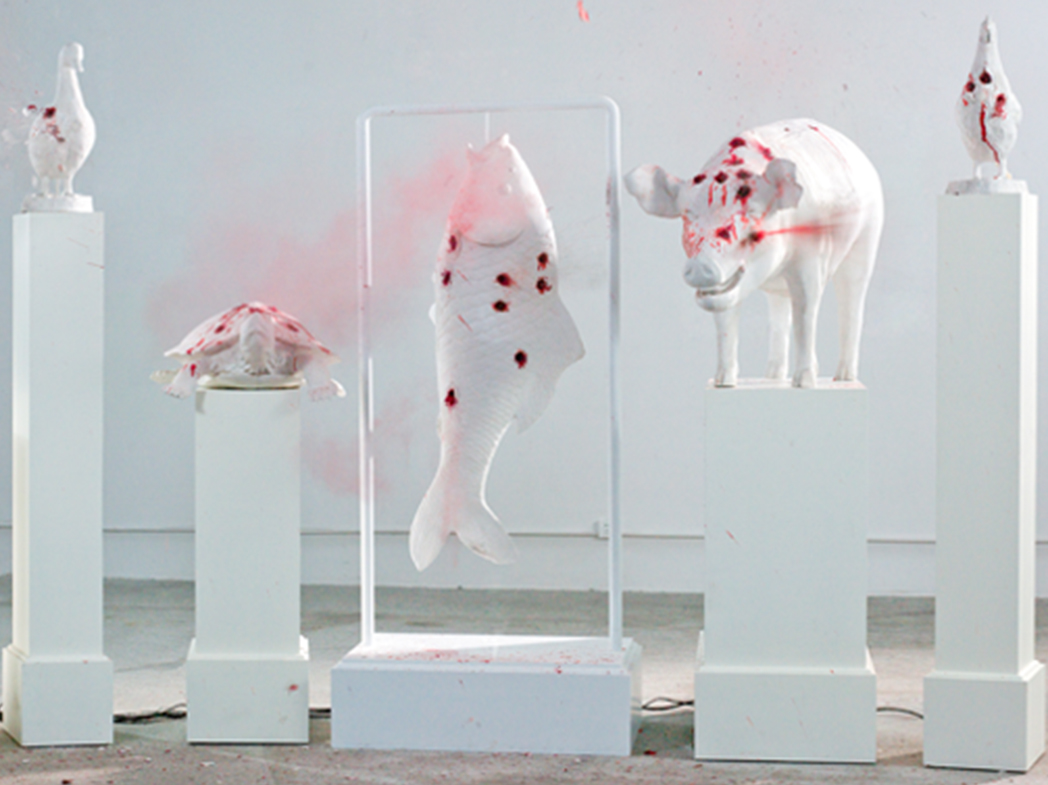
Zhang Ding (b. 1980, Gansu) is a rising star of Chinese multimedia art. He first studied at the North West Minority University in the Oil Painting Department and went on to study under Zhang Peili in the New Media Arts Department at the China Academy of Fine Arts. Zhang works with large-scale mixed-media installations, incorporating video, performance and interactive components. He is influenced by the fantastical style of Italian filmmaker Federico Fellini and explores ethnic tensions, the plight of migrant workers, and the marginal urban cultures that lurk in the recesses of Chinese society. He has exhibited internationally at major institutions and has had international solo shows including Orbit at The Armony Show, Focus Section, in New York (2014) and Gold and Silver at Galerie Krinzinger in Vienna (2013), but has never before been shown in Berlin.
Buddha Jumps Over the Wall, 2012
The culinary dish called Buddha Jumps over the Wall – a variety of shark fin soup – is regarded as a Chinese delicacy and so much so that it is said to even entice the vegetarian monks from their temples to partake in the meat-based dish, hence its name. In allusion to this dish, Zhang’s video features a group of animal plas ter-sculptures that are individually shot at and finally exploded altogether, to shatter into pieces. Accompanied by a magnificent and solemn symphony and filmed by means of a high-speed camera lens that captures every detail, we see bloodlike liquid and shards of debris flying everywhere in a shocking and cruel, though undeniably aesthetic manner.
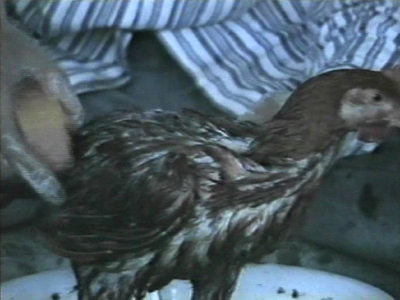
Zhang Peili (b. 1957, Hangzhou) is the dean of the New Media Department at the China Academy of Fine Arts and is widely considered to be the ‘father of video art in China’. Indeed it is no coincidence that he has taught many of the younger artists in this show. PANDAMONIUM revisits his classic work, Hygiene #3, first shown in Berlin in 1993 in ‘China Avant-Garde’ at the Haus der Kulturen der Welt. 20 years later, MOMENTUM re-presents this work in the context of the younger generation of artists that has been influenced by Zhang’s groundbreaking practice. Hygiene #3 was the first Chinese installation-work to be acquired by MoMA, New York and is also included in the collection of Fukuoka Asian Art Museum, Japan, and the Ullens Center for Contemporary Art, Beijing. Zhang’s work has recently been shown in a solo-exhibition at the Jack Tilton Gallery in New York (1999), as well as in notable group-shows such as China Now at MoMA, New York (2004) and Beyond Boundaries at the Shanghai Gallery of Art (2004).
Document on Hygiene No.3, 1991
This vid eo was recorded in a class room at Hangzhou University of Art and Design with art teacher Li Jian as the cameraman. It cap tures a person bathing a live chicken with soap and water for 150 minutes until the video tape runs out, at which point the chicken is covered in a thick, soapy fleece. The vid eo was edited down to 24 minutes 45 seconds and the sound was removed.
CV – Website
Zhou Xiaohu (b. 1960, Changzhou) is a pioneer of video animation in China and one of the first artists to work sculpturally with this medium. Although originally trained as an oil painter, he began using computers as an artistic tool in 1997. He is a great-nephew of Zhou Enlai, the first premier of the People’s Republic, who is said to have had a predictive eye by remarking that “this kid’s going to lead everyone astray”, when Zhou was aged only five. As one of China’s most well-known most prolific contemporary artists, he specializes in inducing confusion and bafflement, making viewers question the evidence of their senses and their assumptions about the so-called ‘facts’. He has since experimented with stop-frame video animation, video installation and computer-gaming software, whereby the interlayering of images between moving pictures and real objects has become his signature style. Working across performance, photography, installation, sculpture, video, and animation, Zhou’s practice reflects the documentation of history in a digital age, where particular details become privileged, fabricated, altered, and/or omitted. Zhou’s recent shows include his participation in Tate Liverpool’s The Real Thing: Contemporary Art from China (2007) and solo-exhibitions at Long March Space in Beijing (2009-10) and at BizArt Center in Shanghai.
Beautiful Cloud, 2001
Beautiful Cloud shows masses of disturbing puppet-like cloned babies, who collectively watch found footage of the most famous cruelties of the human race on the big screen and see the atomic mushroom as ‘a beautiful cloud’. They all jointly swing to the tune of Zuoxiao Zuzhou’s song, whose starting lines can be translated as: “Put your 3-pin plug into your mouth, my darling, you can find my heartbeat is accelerating”.
China Through The Looking Glass: Shanghai Meets Beijing
4 May 2014: 16:00 – 19:00
Speakers:
DAVID ELLIOTT and LI ZHENHUA / Curators of PANDAMONIUM: Media Art from Shanghai
THOMAS ELLER and ANDREAS SCHMID / Curators of Die 8 der Wege: Kunst in Beijing | The 8 of Paths: Art in Beijing
CHRISTOPHER MOORE / Publisher of Randian China
COLIN CHINNERY / Artist Director, Wuhan Art Terminus, and Director of Multitude Art Prize
MARIANNE CSÁKY, QIU ANXIONG / Artists
WALING BOERS / Founder & Director, Boers-Li Gallery, Beijing
CHAOS Y. CHEN, Founder & Director, WiE KULTUR, Berlin
ALEXANDER OCHS/ Founder & Director, Alexander Ochs Galleries, Berlin & Beijing
Moderated by CHRISTOPHER MOORE and DREW HAMMOND, Independent Curator, Writer, Art Historian
Session 1 – Geography:
Making a Map of Contemporary Chinese Art
16.00 – 17.30
Moderated by Drew Hammond
With: Waling Boers, Marianne Csáky, David Elliott, Christopher Moore, Qiu Anxiong, Andreas Schmid
Session 2 – Social and Political Context:
The Market and the Practice. Where do they come together?
17.30 – 19.00
Moderated by Christopher Moore
With: Chaos Y. Chen, Colin Chinnery, Thomas Eller,
Li Zhenhua, Alexander Ochs
 |
With such a strong focus in Berlin at the moment on contemporary art from China, the aim of this panel is to bring together the curators of the concurrent exhibitions – PANDAMONIUM, and Die 8 der Wege 八种可能路径 The 8 of Paths – together with artists, writers and art historians, for an open discussion of what’s happening now in the art scene in China and why bring it to Berlin. The Panel is followed by a Performance, by Jia, ‘Untitled’, at 7:00 pm and a screening on the Facade of the .CHB from 8:30.
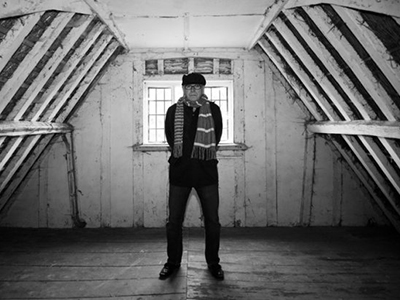
DAVID ELLIOTT
David Elliott is an English born curator and writer. From 1976 to 1996 he was Director of the Museum of Modern Art in Oxford, England, Director of Moderna Museet [The National Museum of Modern and Contemporary Art] in Stockholm, Sweden (1996-2001), founding Director of the Mori Art Museum in Tokyo (2001-2006), the first Director of the Istanbul Museum of Modern Art [Istanbul Modern] (2007), Artistic Director of the 17th Biennale of Sydney (2008 – 2010) and Artistic Director of the 1st Kiev International Biennale of Contemporary Art (2011-12), Artistic Director of the 4th International Biennale of Work by Young Artists in Moscow (2014-2014), Rudolf Arnheim Guest Professor in Art History at the Humboldt University, Berlin (2008) and Visiting Professor in Museum Studies at the Chinese University in Hong Kong (2008/11/13). From 1998 until 2004 he was President of CIMAM (the International Committee of ICOM for Museums of Modern Art). He is Hon President of the Board of Triangle Art Network/Gasworks in London and on the Asia Advisory Board of the Guggenheim Museum in New York.
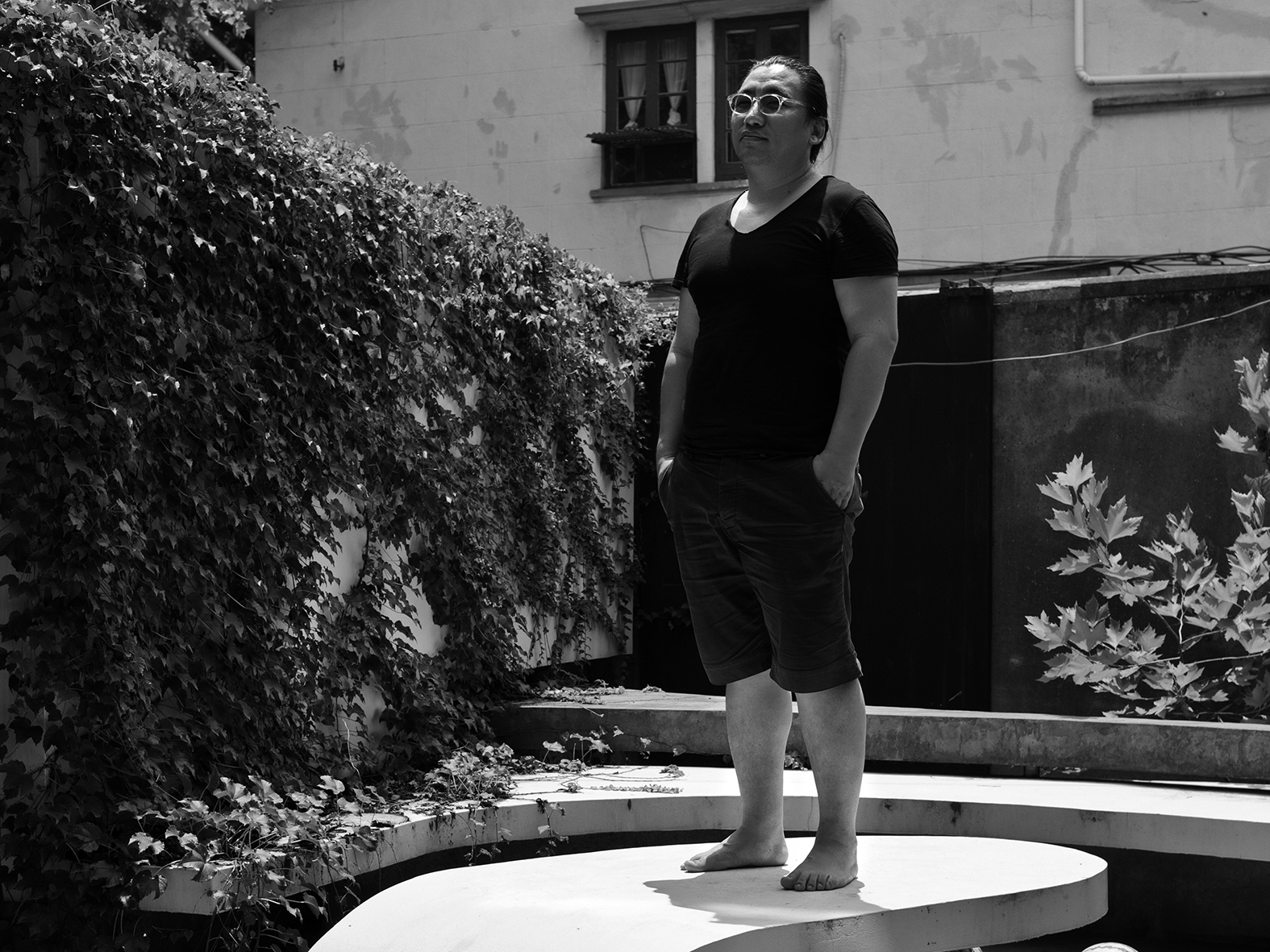
Li Zhenhua has been active in the artistic field since 1996, his practice mainly concerning curation, art creation and project management. Since 2010 he has been the nominator for the Summer Academy at the Zentrum Paul Klee Bern (Switzerland), as well as for The Prix Pictet (Switzerland). He is a member of the international advisory board for the exhibition “Digital Revolution” to be held at the Barbican Centre in the UK in 2014. Li Zhenhua has edited several artists’ publications, including “Yan Lei: What I Like to Do” (Documenta, 2012), “Hu Jieming: One Hundred Years in One Minute” (2010), “Feng Mengbo: Journey to the West” (2010), and “Yang Fudong: Dawn Mist, Separation Faith” (2009). A collection of his art reviews has been published under the title “Text” in 2013. http://www.bjartlab.com | http://www.msgproduction.com
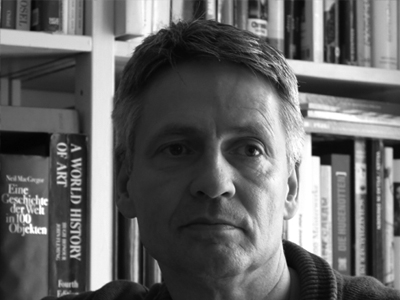
ANDREAS SCHMID
Andreas Schmid is an artist and curator who lives in Berlin. After studying painting and history in Stuttgart, he moved to Beijing to learn Chinese before studying Chinese calligraphy from 1984–1986 at the Zhejiang Academy of Art, Hangzhou. Since then he has been continuously involved in contemporary art in China. Curated events: 1993 CHINA AVANTGARDE, HKW, Berlin, with Hans van Dijk & Jochen Noth, 1997 Contemporary Photo Art from the P.R. China, NBK, Berlin, 2003 Sitting in China, exhibition of Michael Wolf, Kestner-Museum Hanover, 2013, Hidden Images – on the situation of Art in China, 16 panel discussions, lectures, workshops with Chinese & European artists & intellectuals for the UdK Berlin with Bignia Wehrli and “The 8 of Paths: Art in Beijing”, 2014, Uferhallen Berlin with Thomas Eller and Guo Xiaoyan. Andreas Schmid himself has been exhibiting and teaching widely in Europe, USA, and Asia.
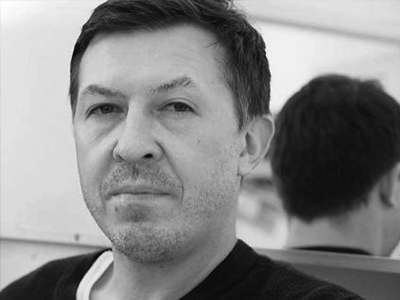
THOMAS ELLER
Thomas Eller (born 8 September 1964) is a German visual artist and writer. Born and raised in the German district of Franconia he left Nürnberg in 1985 to study fine art at the Berlin University of the Arts. After his expulsion, he studied sciences of religion, philosophy and art history at Free University of Berlin. During this time he was also working as a scientific assistant at the Science Center Berlin for Social Research (WZB). From 1990 he exhibited extensively in European museums and galleries. In 1995 he obtained his greencard and moved to New York. Next he participated in exhibitions in museums and galleries in the Americas, Asia and Europe. In 2004 he moved back to Germany and founded an online arts magazine on the internet platform artnet. As managing director he developed the Chinese business team and was instituting several cooperations e.g. with Art Basel and the Federal German Gallery Association (BVDG). In 2008 he became artistic director of Temporäre Kunsthalle, Berlin.
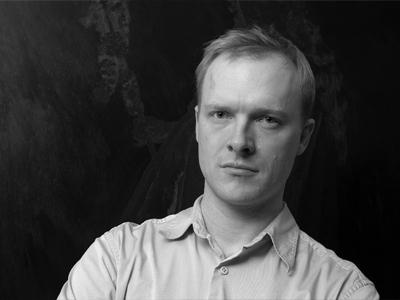
CHRISTOPHER MOORE
Christopher Moore is the publisher of randian 燃点 digital art magazine. From 2008-10 Christopher was the Shanghai correspondent for Saatchi Online. In 2012 Chris co-curated “Forbidden Castle” at Muzeum Montanelli in Prague, an exhibition of Xu Zhen’s pre-MadeIn work, and in April 2014 he curated Yan Pijie “Children of God” at orangelab Berlin. He is also the editor of the first monograph on Xu Zhen, to be published by Distanz Verlag this Spring, with contributions by David Elliott, Philippe Pirotte and Li Zhenhua.
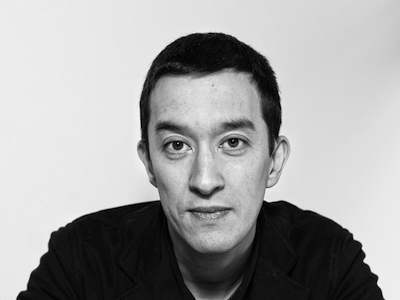
COLIN CHINNERY
Colin Chinnery is an artist and curator based in Beijing. He is currently Artistic Director of the Wuhan Art Terminus (WH.A.T.), a contemporary art institution under development in Wuhan, China; and Director of the Multitude Art Prize, a pan-Asian art award and international conference. He was Director in 2009 and 2010 of ShContemporary Art Fair in Shanghai, and before that, Chinnery was Chief Curator / Deputy Director at the Ullens Center for Contemporary Art (UCCA) in Beijing, where he was instrumental in setting up China’s first major contemporary art institution. Between 2003 and 2006, as Arts Manager for the British Council in Beijing, he initiated major projects in experimental theatre, live art, sound art, and visual arts, bringing a wider public into contact with experimental practice. An active artist in his own right, Chinnery co-founded the Complete Art Experience Project (2005-6), an artists’ collective whose works were presented in several important exhibitions in China and United States. Chinnery has also served as artistic advisor to a wide range of institutions and events, ranging from Tate Collections to Norman Foster’s Beijing International Airport.
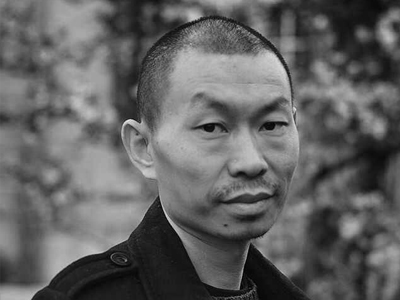
QIU ANXIONG
Qiu Anxiong was born in 1972 in Chengdu, the capital of Sichuan province in the southwest of China. There, he studied the progressive artistic practice of Ye Yongqing and Zhang Xiaogang. A bar opened by Qiu and his friends became a hub for the blossoming underground music and art circles in Sichuan, and his colleagues included He Duoling, Zhou Chunya, and Shen Xiaotong. In 2003 he graduated from the University Kassel’s College of Art in Germany after six years of studying both contemporary international art and traditional Chinese culture. In 2004 he began teaching at Shanghai Normal University, and currently lives and works in Shanghai.
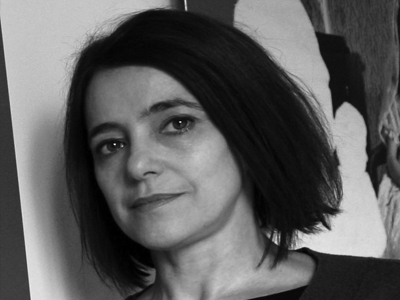
MARIANNE CSÁKY
Born in Hungary, Marianne Csaky currently lives and works in Brussels, Belgium. She has spent longer periods of time in Korea, China and the US as a resident artist, exhibiting her work, teaching at universities and holding workshops. She uses various media, ranging from video, sound and photo to drawing, sculpture, embroidery and installation. In addition to classical training in art, she studied multimedia design and video art, and holds an M.A. in cultural anthropology and literature. She is currently working on her PhD thesis “Animated history: the genre of animated documentary in the contemporary visual art”.
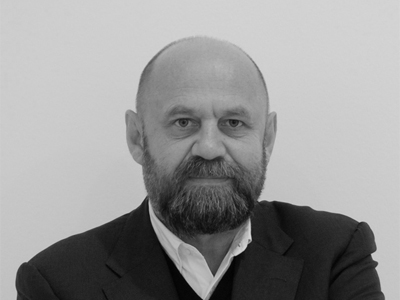
ALEXANDER OCHS
Since founding his first gallery in Berlin-Mitte in 1997, Alexander Ochs has focused on the exchange of artistic strategies and works between China and Europe. The list of artists that he has presented with exhibitions and projects is similar to a ‘Who is Who’ of young Chinese Art History: Ai Weiwei, Fang Lijun, Yang Shaobin, Miao Xiaochun, Lu Hao, Yue Minjun, Xu Bing, Yin Xiuzhen, and Tan Ping. In 2004, Alexander Ochs opened the WHITE SPACE BEIJING and through this, became a founding member of the 798 Art District in Beijing. Since 2008, he has published many texts and has been an editor of books and artist monographs in both China and Germany. After a consequential redevelopment of the gallery program between 2010 and today, the gallery now presents artists from Asia, Africa, Latin America, the Middle East and Europe.
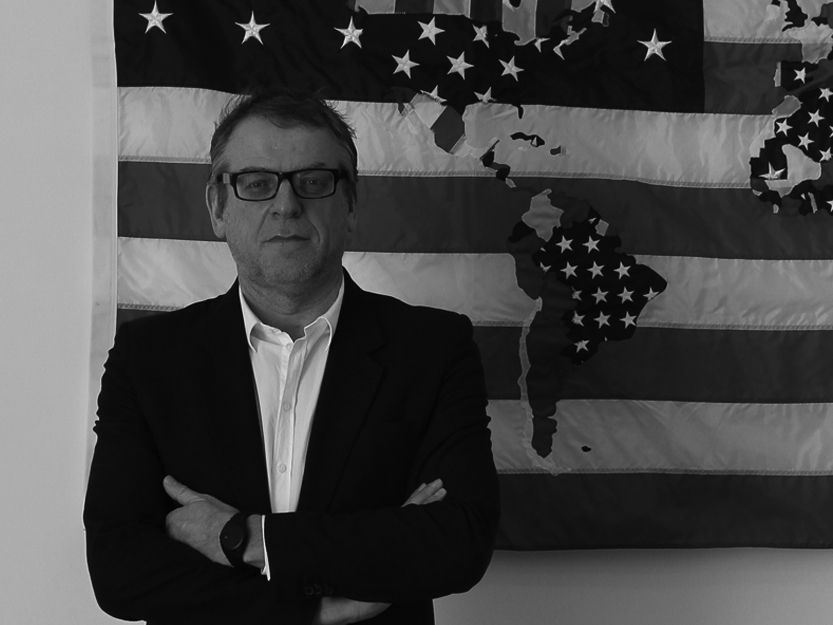
WALING BOERS
Waling Boers is a Beijing-based art gallerist and former curator, writer and founding director of BüroFriedrich-Berlin (1996 – 2006). Initiating various curatorial projects, he is one of the most successful programmatic gallerist in recent China. Establishing the non-profit space Universal Studios with Pi Li in 2005, it subsequently metamorphosed into Boers-Li Gallery and is since 2010 situated in Beijing’s well-known gallery district “798” and is continued now under his own direction. A range of contemporary and media non-specific art is represented by Waling Boers, including large-scale installations, video, photography, painting and sculpture. The artists are showed internationally in institutional shows and art fairs like Frieze and Art Basel. The exhibition program includes works by international artists as Zhang Peili, Zhang Wei, Qiu Anxiong, Song Kun and Wang Wei as well as up-coming artist like Yang Xinguang und Fang Lu.
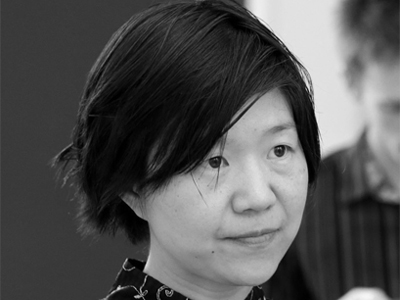
CHEN YANG
CHEN Yang / Chaos Y. Chen is the founder and director of WiE KULTUR, an art platform in Berlin for the dialogue and collaboration between Asia and Europe. Prior to this, Chen Yang was the head of the Curatorial Department at the Millennium Art Museum (2003-2004), and worked with The Asia Society, New York (1998-1999), Kunst-Werke Berlin (2002), and collaborate with the House of World Cultures, Berlin (2003). Her curatorial practices include Picture from the Surface of the Earth: Wim Wenders (2004), Driving the Sky-line: Frank O. Gehry & his contemporaries (2004), Mexican Modern (2005), etc. Since the end 1990s, she has been frequent contributor for art and cultural columns, i.e. Dushu Monthly, Economic Observer weekly. She is the co-author for two recent books published in Germany, “Wall Journey: Expedition into Divided Worlds” and “Contemporary Artists from China”. She holds a Master’s Degree in Art History and Theory from the Nanjing Academy of Arts. She is the recipient of Luce Scholarship (1998, USA) and RAVE Scholarship (2001, Germany). She served as jury member for CENTRAL Contemporary Art Award (Cologne, Germany, 2004) and REAL Photography Award (Rotterdam, 2008).
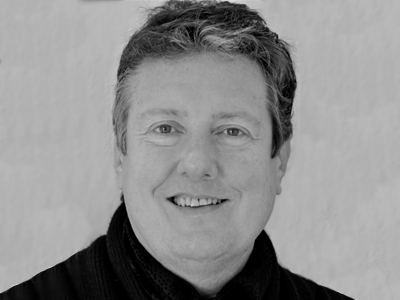
DREW HAMMOND
Former Beijing bureau chief and Senior International Correspondent for The Art Economist, Hammond has also held lectureships in Chinese Contemporary Art for Global Architecture History and Theory Program of the University of Toronto’s Faculty of Landscape, Architecture and Design, and has also directed a graduate seminar in Beijing on the Theory of Perspective in Classical Chinese Art for the University of Michigan’s Taubman College of Architecture and Urban Planning. He has also lectured in Mandarin on Contemporary Art at the Graduate Faculty of the China Art Academy in Beijing. Among his publications are texts on Chinese artists such as Sun Yuan & Peng Yu, Xu Bing, Li Songsong, Jia, Yuan Gong, and Wang Xingwei.
PANDAMONIUM Preview // INTERPIXEL Video Presentation:
PANDAMONIUM Preview // INTERPIXEL Opening Video
Untitled by Jia
Symposium Session 1 Video:
Symposium Session 2 Video:
Lecture The Market is an Illusion by Li Zhenhua, PANDAMONIUM Co-Curator:


 Back to Homepage
Back to Homepage